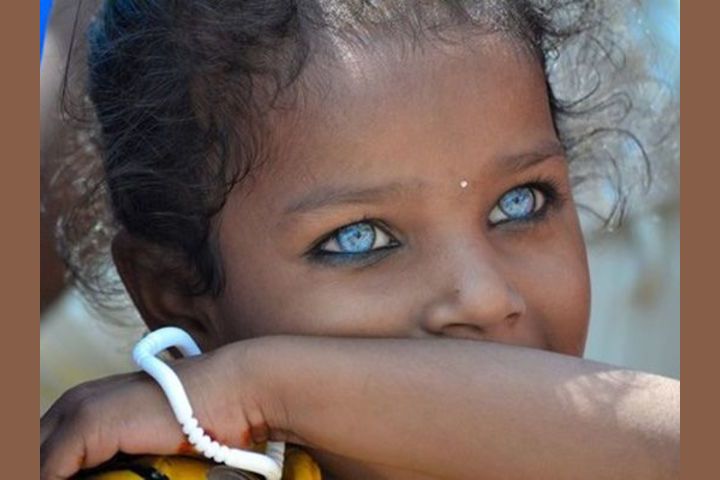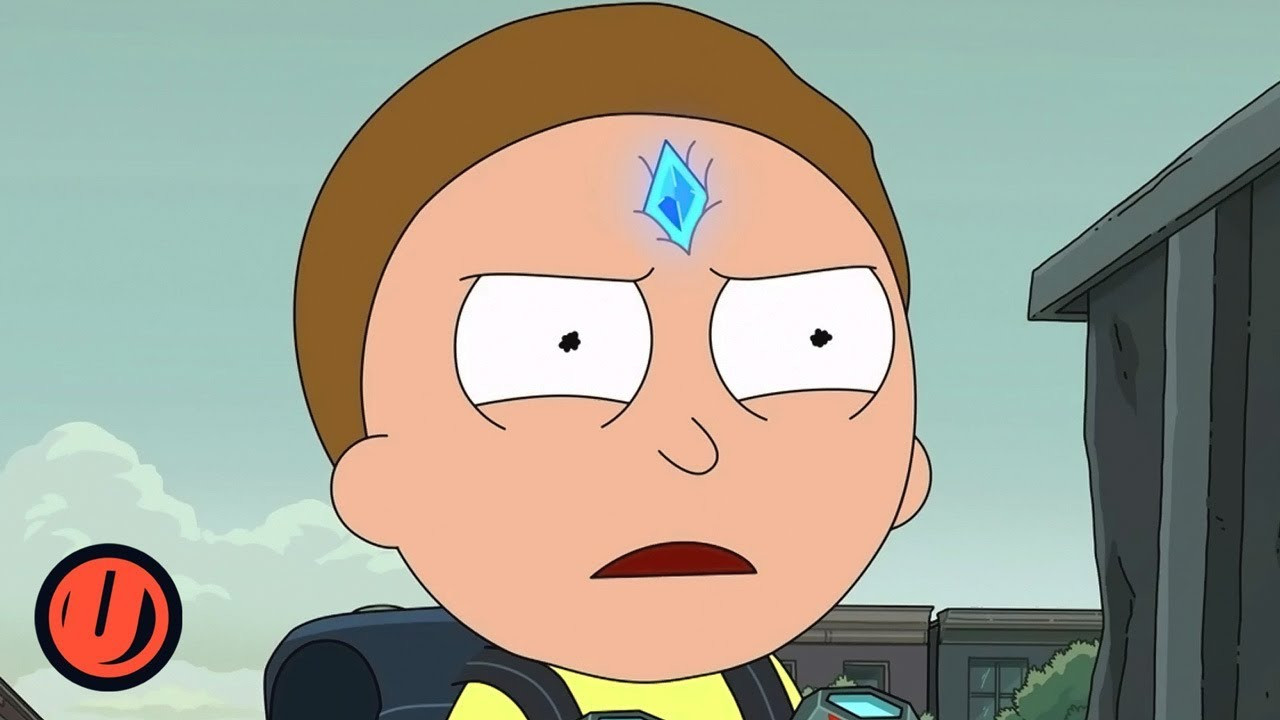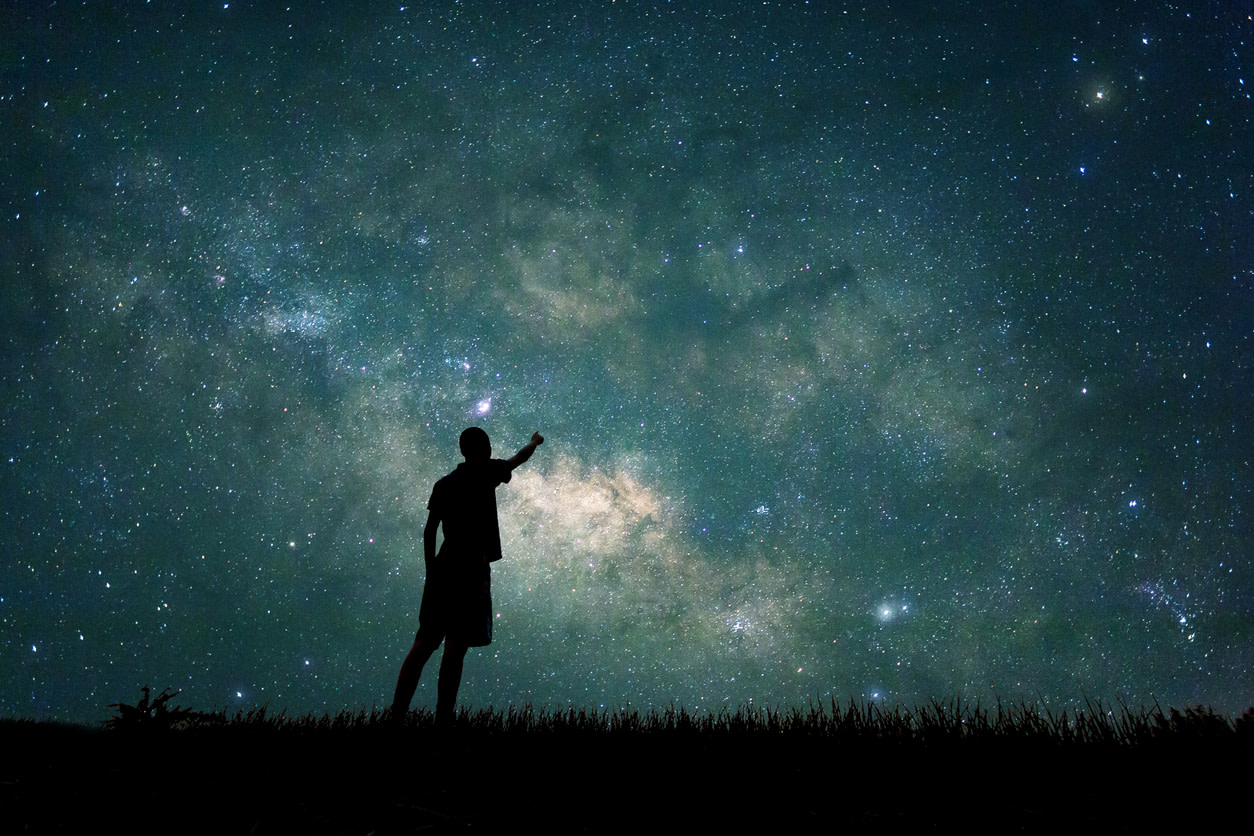
Superheroes have become a cultural phenomenon, dominating box offices and capturing the imaginations of audiences worldwide. But the superhero films we enjoy today are the result of decades of evolution. From humble beginnings to massive cinematic universes, the journey of superheroes on the big screen reflects changes in storytelling, technology, and society itself. Let’s take an in-depth look at how superheroes have evolved in film over the years.
The Golden Age: The Early Experiments
The first attempts to bring superheroes to film date back to the 1940s. Characters like Superman and Batman were featured in serials — short episodic films shown in theaters before the main feature. These early productions were low-budget, often campy, and aimed at younger audiences. The 1941 Adventures of Captain Marvel serial is often cited as one of the first true superhero films, setting the stage for what was possible.
However, technological limitations and a lack of mainstream acceptance meant that superhero films struggled to find serious footing for many years. It wasn’t until the late 1970s that the genre began to shift.
The Silver Age: Superman Soars
1978’s Superman: The Movie directed by Richard Donner was a game-changer. Starring Christopher Reeve, the film treated its subject matter with earnestness and respect, supported by groundbreaking special effects for the time. Audiences finally believed that a man could fly. The success of Superman proved that superhero films could be both commercially viable and critically acclaimed, opening the door for more ambitious projects.
The subsequent sequels varied in quality, but the original Superman set a new benchmark for the genre. It showed that with the right story, cast, and vision, superhero films could appeal to all ages.
The Dark Knight Rises: Batman Reimagined
While Superman was bright and optimistic, 1989’s Batman directed by Tim Burton brought a darker, more gothic tone to the genre. Michael Keaton’s portrayal of the Caped Crusader, combined with Jack Nicholson’s iconic Joker, created a blockbuster hit that showcased the versatility of superhero storytelling.
Burton’s Batman films were stylistically bold and commercially successful, inspiring studios to explore other superhero properties. Unfortunately, a string of mediocre and campy superhero films in the 1990s (such as Batman & Robin) led to a temporary decline in the genre’s popularity.
The Modern Age: Marvel and the Rise of the Cinematic Universe
The early 2000s marked the beginning of the modern superhero era. 2000’s X-Men and 2002’s Spider-Man demonstrated that with improved visual effects and stronger narratives, superhero films could once again dominate the box office. These films were grounded in character development and relatable themes, appealing to both longtime fans and new audiences.
However, the true revolution came with the launch of the Marvel Cinematic Universe (MCU) in 2008 with Iron Man. The post-credit scene teasing the Avengers initiative signaled a new era of interconnected storytelling. For the first time, superhero films were not just standalone adventures but pieces of a larger puzzle.
The MCU’s success changed Hollywood’s approach to franchise building. Films like The Avengers (2012) proved that audiences loved crossover events. Marvel’s blend of humor, action, and character-driven plots became the gold standard.
Technological Advancements and Diversity
Alongside storytelling innovations, technological advancements in CGI allowed filmmakers to bring even the most fantastical superheroes to life with unprecedented realism. Films like Doctor Strange and Guardians of the Galaxy pushed the boundaries of visual spectacle.
Additionally, the genre began embracing greater diversity. Black Panther (2018) became a cultural milestone, proving that representation matters and that diverse stories resonate globally. Similarly, films like Wonder Woman and Captain Marvel spotlighted female superheroes in ways rarely seen before.
The Age of Streaming and New Directions
The rise of streaming platforms has further transformed the superhero landscape. Disney+ series like WandaVision, Loki, and Moon Knight have allowed for more experimental storytelling and deeper character exploration. These shows expand the universe and give supporting characters their moment in the spotlight.
DC Comics, after struggling to find consistent success, has also pivoted toward unique, director-driven projects like Joker and The Batman, showing that there is room for a variety of tones and styles within the genre.
The Future of Superheroes on Screen
Looking ahead, the superhero genre shows no signs of slowing down. Upcoming films promise more diversity, global perspectives, and innovative storytelling. The multiverse concept opens endless possibilities, allowing for fresh takes on beloved characters and new crossovers.
Moreover, the success of animated superhero projects like Spider-Man: Into the Spider-Verse proves that animation can also deliver critically acclaimed superhero narratives.
Conclusion
The evolution of superheroes on the big screen is a testament to the genre’s adaptability and enduring appeal. From campy serials to billion-dollar blockbusters, superheroes have mirrored societal changes and technological advancements. As audiences continue to embrace these larger-than-life characters, filmmakers will undoubtedly keep pushing the boundaries of what superhero stories can be.
Whether you’re a fan of classic heroes or eager for the next groundbreaking entry, the future of superhero cinema is bright and full of possibilities. So grab your popcorn, stay tuned for the next release, and enjoy the ride through this ever-expanding cinematic universe!









